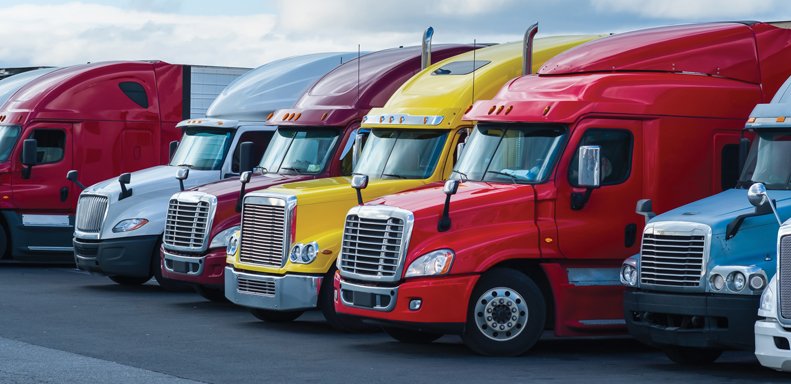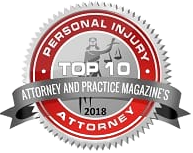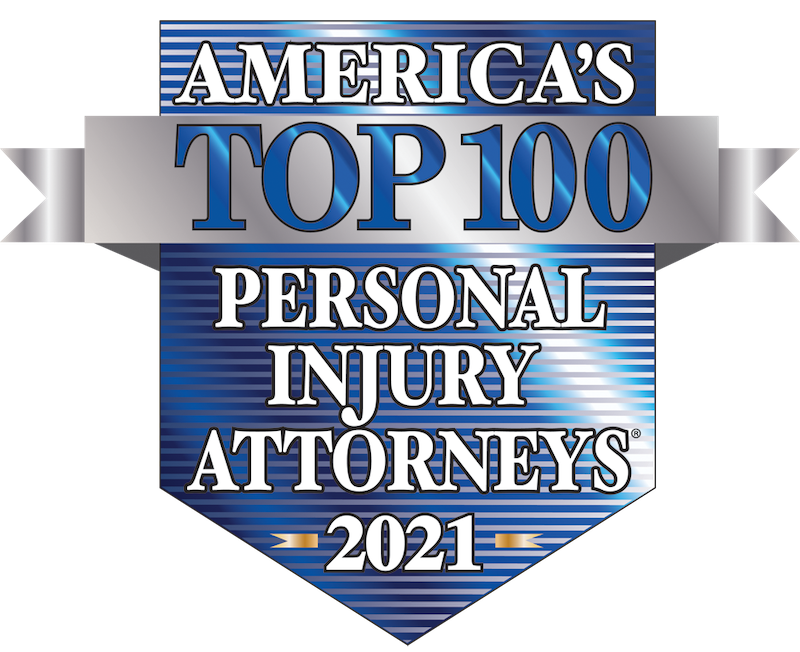The future is here. Testing automated semi-trucks on highways happens across the United States, and it now will start in Ohio. The I-90 corridor will be a test road for self-driving vehicles. The industry continues to push the envelope on how goods are transported.
Innovation continues
As technological breakthroughs are tested and become more commonplace, a whole new level of automation gets introduced. Here are the levels of vehicle autonomy that are the standards for the National Highway Traffic Safety Administration and the state.
The beginning: levels one and two
Level one includes vehicles with automatic braking and cruise control capabilities. These two features appear in a variety of newer personal and commercial vehicles. Level two takes it up a notch with steering and acceleration assistance.
Driver involvement: levels three and four
In a step up from extra assistance, level three is “conditional automation” that requires a driver to be alert and engaged at all times. This type of functionality on Tesla vehicles where a driver is not monitoring has already caused several notable accidents. Level four still requires a driver to be in the vehicle, but the driver does not have to provide oversight in every situation.
Full automation: level five
Level five is a fully self-driving vehicle that most likely will not have an option for driver assistance. The push to level five is likely to be from the commercial sector, looking to reduce transport costs and improve their bottom lines with automated trucks.
Accidents still happen
Despite the ability to have cars drive on their own, mistakes are still happening that cost lives. Recently, according to the Las Cruces news, an automated Uber vehicle struck and killed a pedestrian in Arizona. Occurrences like these give critics of automation plenty of reason to sway the public to their opinion that these vehicles should not be on the road.
Collision liability
Who is responsible when an automated truck causes an accident? What used to be the trucking company or driver’s responsibility may now shift to the manufacturer of the technology. Now and in the future, no matter where the liability rests, individuals and families need compensation for major injuries and deaths as a result of highway accidents.

















